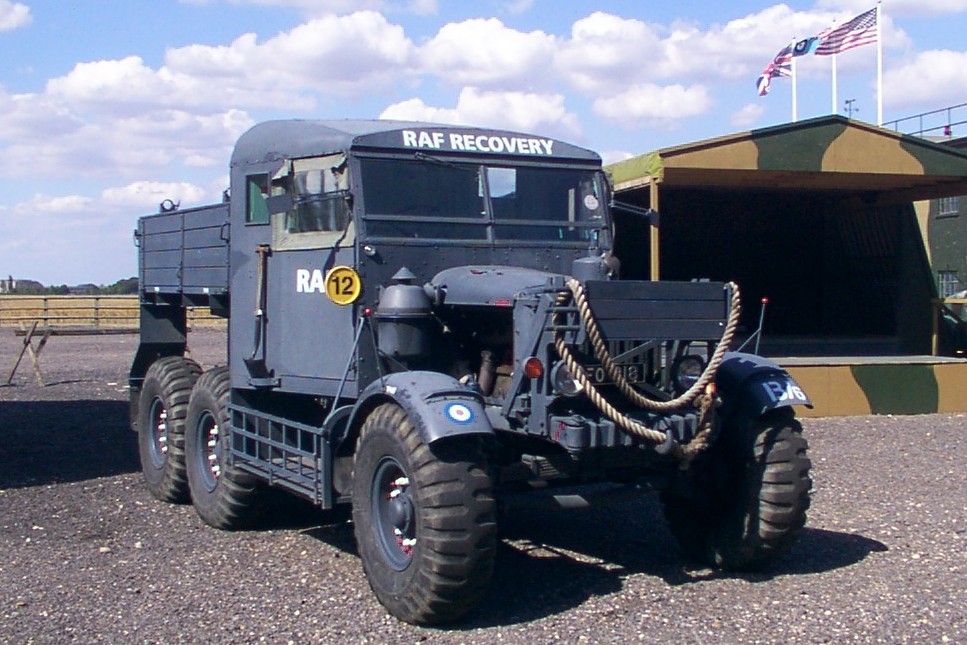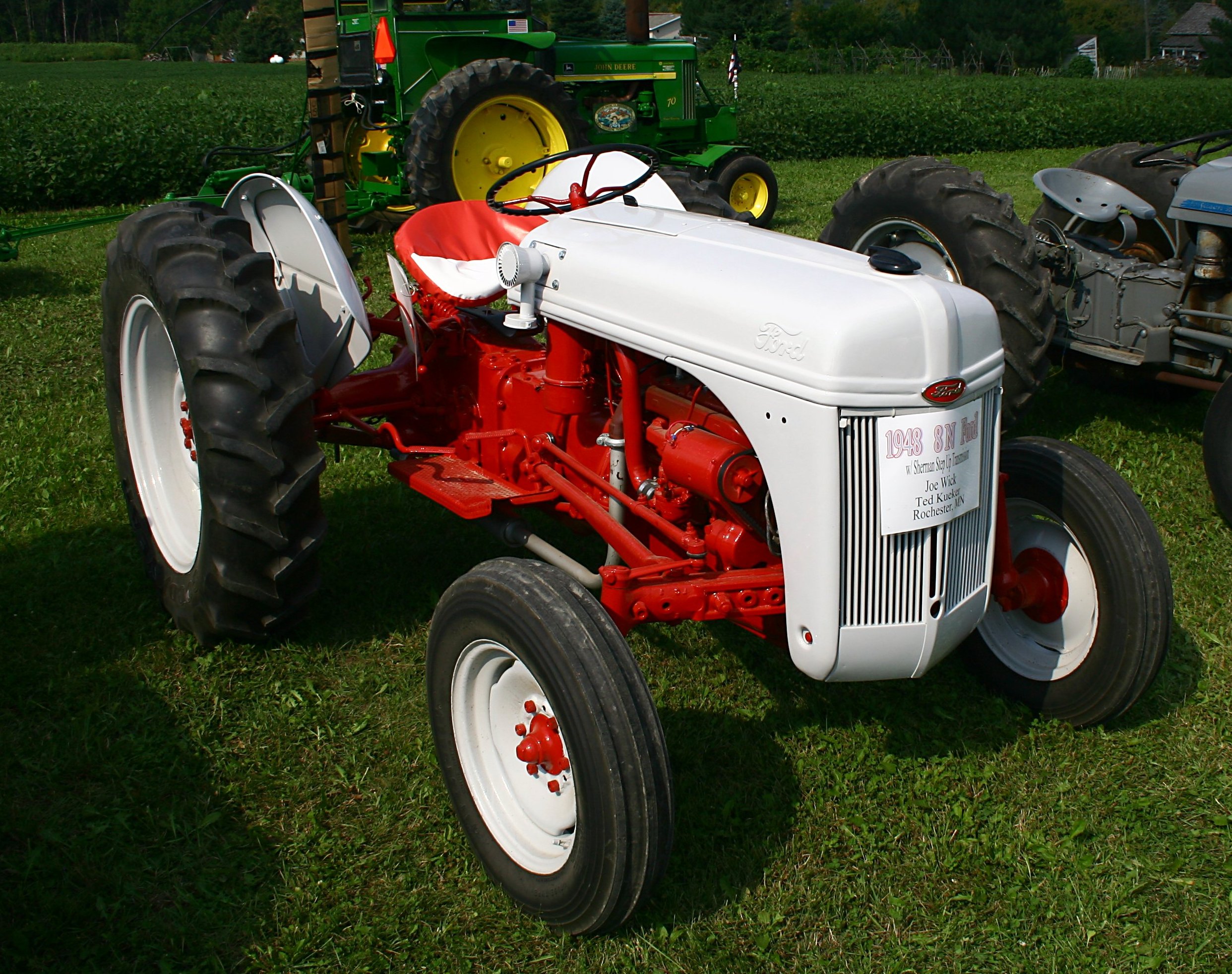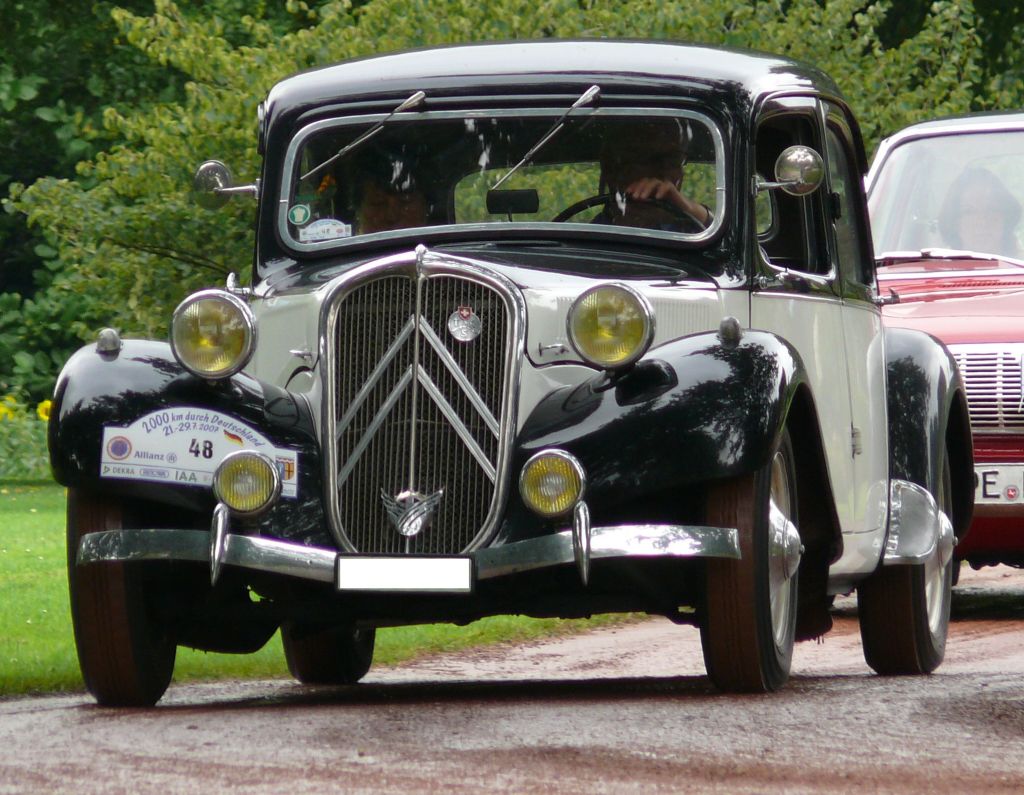|
FAR (Tracteurs FAR)
FAR was a French truck manufacturer, affiliated with Chenard-Walcker. It was founded in 1919 and ceased manufacture in 1970. History André Lagache, winner of the inaugural 24 Hours of Le Mans in 1923 driving a Chenard Walcker, was one of the founders of Tracteurs FAR and was denoted by the "A" in FAR. Products Among the company's products was the 'Pony Mécanique', developed by the Napier motor company and improved in design by Oliver Danson North. It was a three-wheeled articulated tractor A tractor is an engineering vehicle specifically designed to deliver a high tractive effort (or torque) at slow speeds, for the purposes of hauling a trailer or machinery such as that used in agriculture, mining or construction. Most comm ... unit fitted with automatic coupling gear to enable rapid change of trailers. These vehicles were built under licence from UK company Scammell (Scammell ''Mechanical Horse'') from 1937 to 1970, but the FAR production used the Citroën ... [...More Info...] [...Related Items...] OR: [Wikipedia] [Google] [Baidu] |
Truck
A truck or lorry is a motor vehicle designed to transport cargo, carry specialized payloads, or perform other utilitarian work. Trucks vary greatly in size, power, and configuration, but the vast majority feature body-on-frame construction, with a cabin that is independent of the payload portion of the vehicle. Smaller varieties may be mechanically similar to some automobiles. Commercial trucks can be very large and powerful and may be configured to be mounted with specialized equipment, such as in the case of refuse trucks, fire trucks, concrete mixers, and suction excavators. In American English, a commercial vehicle without a trailer or other articulation is formally a "straight truck" while one designed specifically to pull a trailer is not a truck but a " tractor". The majority of trucks currently in use are still powered by diesel engines, although small- to medium-size trucks with gasoline engines exist in the US, Canada, and Mexico. The market-share of electr ... [...More Info...] [...Related Items...] OR: [Wikipedia] [Google] [Baidu] |
Chenard-Walcker
Chenard-Walcker, also known as Chenard & Walcker, was a French automobile and commercial vehicle manufacturer from 1898 to 1946. Chenard-Walcker then designed and manufactured trucks marketed via Peugeot sales channels until the 1970s. The factory was at first in Asnières-sur-Seine moving to Gennevilliers in 1906. The make is remembered as the winner of the very first Le Mans 24 Hours Race in 1923. History Ernest Chenard (1861–1922) was a railway engineer and maker of bicycles with a factory in the rue de Normandie at Asnières-sur-Seine, then just outside Paris on its north side. He joined with mining engineer Henri Walcker (1877–1912) in 1898 to make motor tricycles. Together they founded their automobile business on 19 January 1899, with Chenard in charge of design and Walcker sales and finance. The business was formally registered as Chenard, Walcker et Compagnie in 1900. In order to ensure short-term commercial viability they started out producing a quadricycle, but in ... [...More Info...] [...Related Items...] OR: [Wikipedia] [Google] [Baidu] |
André Lagache
André Lagache (21 January 1885 – 2 October 1938) was a French racing driver who, along with René Léonard, won the inaugural 24 Hours of Le Mans in . Career Lagache and Léonard were engineers at automobile manufacturer Chenard et Walcker, and were chosen to drive their "Sport" model in the inaugural 24 Hours of Le Mans. The duo drove a distance of over 24 hours and beat another Chenard-Walcker by a four lap margin. Lagache continued to run Le Mans for Chenard et Walcker for the next two years, but was unable to finish the event again. Lagache also raced a Chenard-Walcker in the inaugural Spa 24 Hours The 24 Hours of Spa is an endurance racing event for cars held annually since 1924 at the Circuit de Spa-Francorchamps, Stavelot, Belgium. It is currently sponsored by TotalEnergies. History The Spa 24 Hours was conceived by Jules de Their a ... in 1924, finishing second alongside André Pisart. He returned with Léonard to win the event in 1925, and finished third w ... [...More Info...] [...Related Items...] OR: [Wikipedia] [Google] [Baidu] |
1923 24 Hours Of Le Mans
The 1923 24 Hours of Le Mans, officially the 24 Hours Grand Prix of Endurance (), was the inaugural Grand Prix of Endurance, and took place on 26 and 27 May 1923. A strong field of twenty manufacturers entered, all from France aside from a single Bentley from Great Britain and a pair of Excelsiors from Belgium. In a rain-soaked race it was the Chenard-Walcker team and the Bentley that set the pace, chased by the smaller 2-litre Bignan. The Bentley was delayed by stones smashing a headlight and puncturing the fuel tank, and in the end the Chenard-Walckers of René Léonard / André Lagache and Christian Dauvergne / Raoul Bachmann had a comfortable 1–2 victory. However, there was no official victory for them as this event was the first part of three consecutive annual races, for the Rudge-Whitworth Triennial Cup, where the ultimate winner would be the manufacturer whose best car exceeded their nominated target distance by the greatest margin. So it was the small 1.1-litre S ... [...More Info...] [...Related Items...] OR: [Wikipedia] [Google] [Baidu] |
Scammell Mechanical Horse
The concept of the Mechanical Horse tractor unit with an easily detached articulated trailer was conceived in the early 1930s by Napier & Son. It has one front wheel in the midline. The London and North Eastern Railway had approached Napier for an answer to the problem of replacing horses for local haulage purposes, while retaining the flexibility of changing the wagons and the maneuverability of the horse and wagon. These vehicles are often known as "Snub-nose Trucks" or "Snub-nose Lorries" because of the round hood in front of the cab. Mechanical Horse In 1933 Scammell Lorries Ltd purchased the three wheeled tractor unit design from the Napier Company and promptly turned it into the famous Mechanical Horse. Production of the 3-wheeled Mechanical Horse commenced in 1934. The design had been refined in 1933 by Oliver Danson North, who modified the original prototype. This featured automatic trailer coupling and the single front wheel could be steered through 360 degrees. This ... [...More Info...] [...Related Items...] OR: [Wikipedia] [Google] [Baidu] |
Napier & Son
D. Napier & Son Limited was a British engineering company best known for its luxury motor cars in the Edwardian era and for its aero engines throughout the early to mid-20th century. Napier was founded as a precision engineering company in 1808 and for nearly a century produced machinery for the financial, print, and munitions industries. In the early 20th century it moved for a time into internal combustion engines and road vehicles before turning to aero engines. Its powerful Napier Lion, Lion dominated the UK market in the 1920s and the Second World War era Napier Sabre, Sabre produced 3500 hp (2,600 kW) in its later versions. Many world speed records on land and water, as well as the Hawker Typhoon and Hawker Tempest, Tempest fighter planes, were powered by Napier engines. During the Second World War the company was taken over by English Electric, and engine manufacture eventually ceased. Today, Napier Turbochargers is a subsidiary of the American company Wabtec. ... [...More Info...] [...Related Items...] OR: [Wikipedia] [Google] [Baidu] |
Oliver Danson North
Oliver Danson North (1887, Willesden Green — 11 November 1968, Haslemere) was a British engineer and automobile designer in the early twentieth century, working for Scammell Lorries from 1922. Career He was responsible, most notably, for the Scammell Pioneer, a three-axle heavy truck, and the three-wheeled Scammell Mechanical Horse, which subsequently evolved into the Scammell Scarab, a familiar sight in cities and towns often engaged in postal and parcel deliveries. He was also heavily involved in Scammell's design and manufacture of the two '100 Tonners' low-loader vehicles, delivered in early 1930 to Marston Road Services in Liverpool and H.E. Coley in Dartford, Kent Kent is a county in South East England and one of the home counties. It borders Greater London to the north-west, Surrey to the west and East Sussex to the south-west, and Essex to the north across the estuary of the River Thames; it faces .... The vehicle delivered to Marston Road Services, kn ... [...More Info...] [...Related Items...] OR: [Wikipedia] [Google] [Baidu] |
Tractor
A tractor is an engineering vehicle specifically designed to deliver a high tractive effort (or torque) at slow speeds, for the purposes of hauling a trailer or machinery such as that used in agriculture, mining or construction. Most commonly, the term is used to describe a farm vehicle that provides the power and traction to mechanize agricultural tasks, especially (and originally) tillage, and now many more. Agricultural implements may be towed behind or mounted on the tractor, and the tractor may also provide a source of power if the implement is mechanised. Etymology The word ''tractor'' was taken from Latin, being the agent noun of ''trahere'' "to pull". The first recorded use of the word meaning "an engine or vehicle for pulling wagons or plows" occurred in 1896, from the earlier term "traction motor" (1859). National variations In the UK, Ireland, Australia, India, Spain, Argentina, Slovenia, Serbia, Croatia, the Netherlands, and Germany, the word "tractor" u ... [...More Info...] [...Related Items...] OR: [Wikipedia] [Google] [Baidu] |
Scammell Lorries
Scammell Lorries Limited was a British manufacturer of trucks, particularly specialist and military off-highway vehicles, between 1921 and 1988. History Scammell started as a late-Victorian period wheelwright and coach-building business, G Scammell & Nephew Ltd in Spitalfields, London. George Scammell, the founder, was joined by his nephew Richard and Richard's sons Alfred and James. By the early 1900s, the firm had become financially stable, providing maintenance to customers of Foden steam wagons. One such customer, Edward Rudd, had imported a Knox Automobile tractor from the United States, and impressed with its low weight/high hauling power had asked Scammell if they could make a similar model of their own. However, the outbreak of World War I in 1914 stopped the project and presented itself as a turning point in road transport history. Mechanical transport was seen to work, proving its vast potential beyond doubt to forward-thinking companies such as Scammell. George Sca ... [...More Info...] [...Related Items...] OR: [Wikipedia] [Google] [Baidu] |
Citroën Traction Avant
The Citroën Traction Avant () is the world’s first unibody front-wheel-drive car. A range of mostly 4-door saloons and executive cars, were made with four or six-cylinder engines, produced by the French manufacturer Citroën from 1934 to 1957. Approximately 760,000 units were produced. Whilst front-wheel drive and independent suspension had been established in the mass market by Auto Union and subsequently others some years before, the Traction Avant pioneered mass-production of a crash resistant, unitary, monocoque body. Additionally, the car was also an early adopter of rack and pinion steering. Although the car's name emphasized its front-wheel drive power delivery ("Traction Avant" literally means “front traction”), the car stood out at least as much by its much lower profile and stance – made possible by the absence of a separate chassis under the car's unitary body – sharply distinguishing it visually from its contemporaries. History The Traction Avant, F ... [...More Info...] [...Related Items...] OR: [Wikipedia] [Google] [Baidu] |
Defunct Truck Manufacturers
{{Disambiguation ...
Defunct (no longer in use or active) may refer to: * ''Defunct'' (video game), 2014 * Zombie process or defunct process, in Unix-like operating systems See also * * :Former entities * End-of-life product * Obsolescence Obsolescence is the state of being which occurs when an object, service, or practice is no longer maintained or required even though it may still be in good working order. It usually happens when something that is more efficient or less risky r ... [...More Info...] [...Related Items...] OR: [Wikipedia] [Google] [Baidu] |

.jpg)
.jpg)

.jpg)



